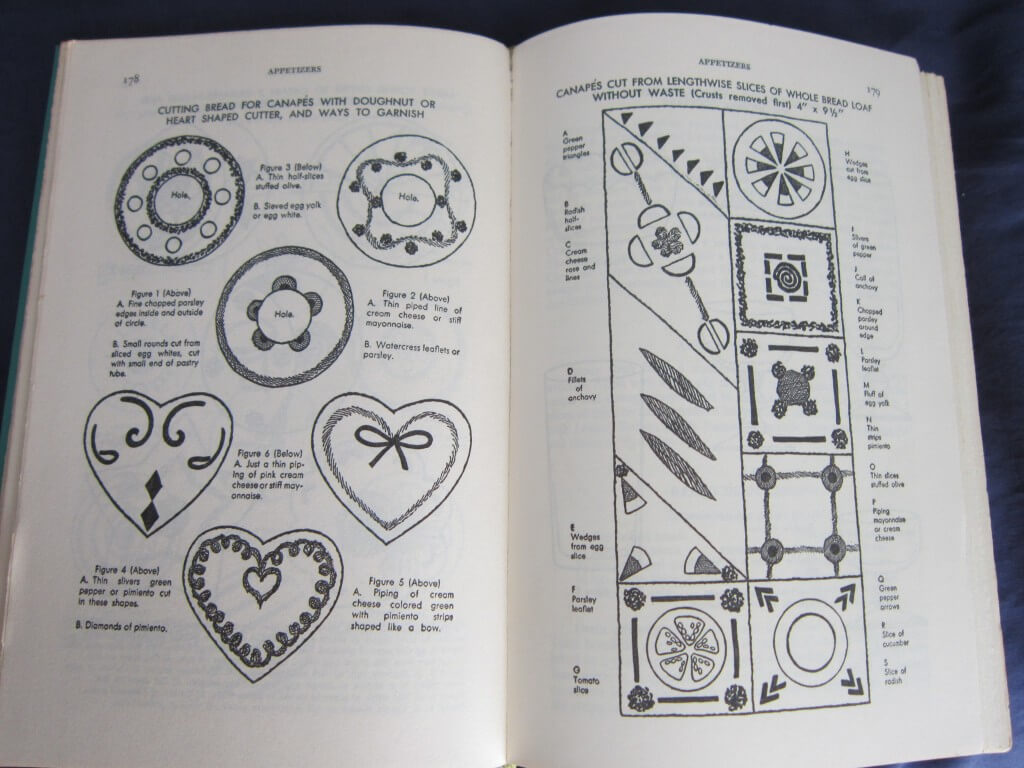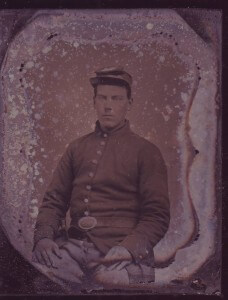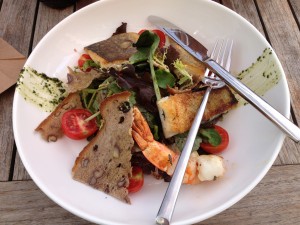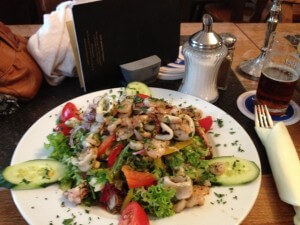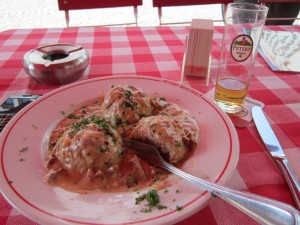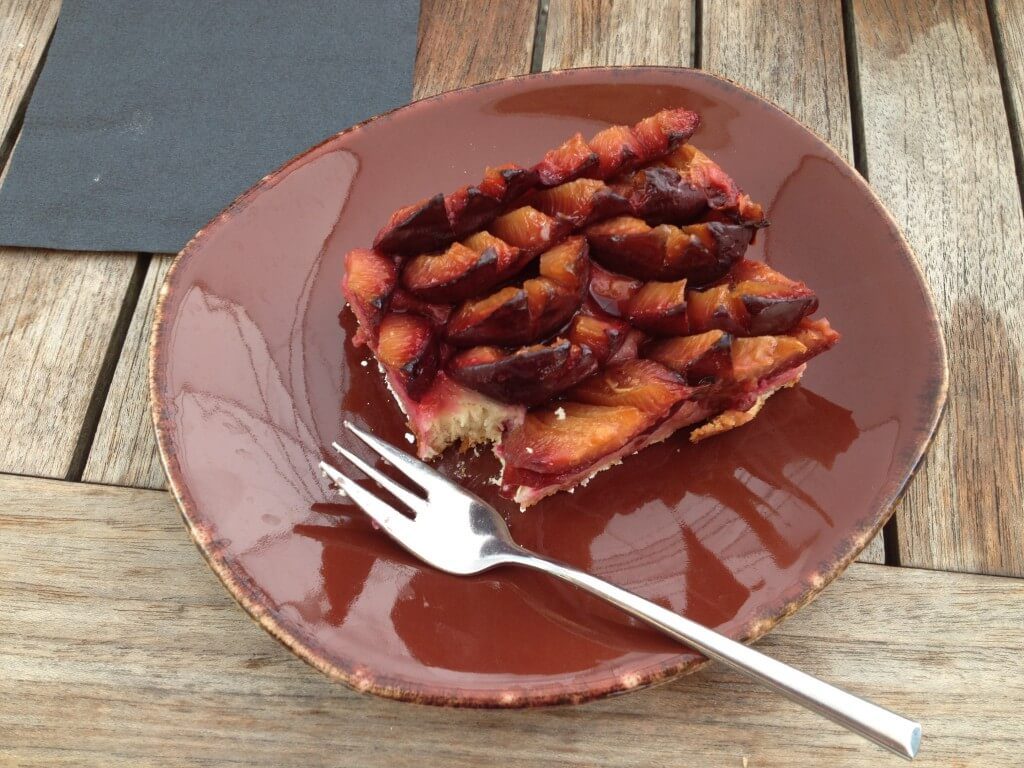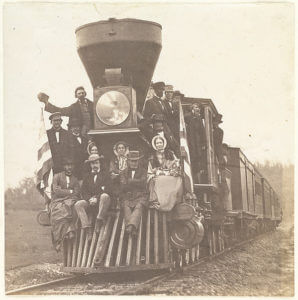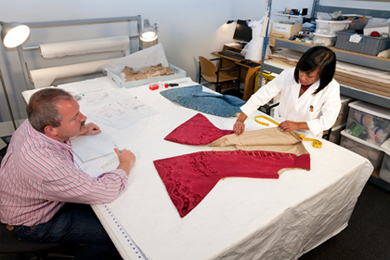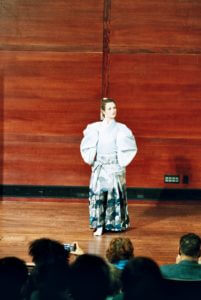Ancestry.com, as a genealogical tool, is a start for many doing genealogy. I see it as a way to sketch and share only. There are a lot of problems with it, but it’s certainly quicker than cranking through all those census records on microfilm like we did in the past. It allows you to get through the basic stuff, and focus on the more difficult questions, and spend more time in the archives with wills, tax records, and the like.
It’s also a sharing tool. A distant relative of mine with whom I’m not familiar contributed a newspaper article from 1897 written by my great great great grandfather, William Keyser Kilgore, and his trip to Ohio and Iowa in 1851. Today, Castle Fin, PA is not much more than a road near Delta, Pennsylvania.
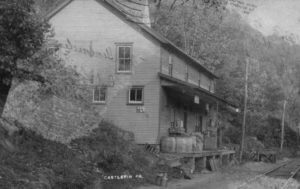
Castle Fin Station, Castle Fin, Pennsylvania. Photo: railroadsofyork.com
West ward Ho! Fifty Years Ago by William K. Kilgore, Castle Fin, Pa. May 25, 1897
This was typed from a newspaper clipping [copy] that was sent to Gail M. Kilgore by Hazel Landreth of Springfield, VA who said this article was in her great grandmother’s scrapbook. PHILLIP WISE is the son of GEORGE and KESIA KILGORE WISE of Bellaire, OH. Keziah is the sister of JOSHUA KILGORE and the aunt of WILLIAM K. KILGORE and ELLEN DOUGLAS. ELLEN DOUGLAS and WILLIAM K. KILGORE are also the siblings of JOHN KILGORE who moved to Biggsville, Henderson Co., IL in 1878. ANDREW CUNNINGHAM KILGORE was the son of LEVI KILGORE and nephew of JOSHUA KILGORE. JAMES ALEXANDER, father of Margaret Ann and Rachel lived in Peach Bottom Township, York Co., PA Their mother ELIZABETH McGREAGOR ALEXANDER is a native of Peach Bottom Township. The Alexander family are from Belmont Co., OH. James Alexander sold his land in Fawn Township and moved to OH.
Fifty Years Ago The people of this generation have little idea of travel in the west 50 years ago; nor how wild and comparatively unsettled the country was west of Ohio, so I thought I would give an account of a trip I made as far west as Iowa, 48 years ago. On May 1st, 1851, I started on my trip for what was then the “far west”. I started from Castle Fin and went to Baltimore where I got a ticket over the B & O R. R. for Wheeling, Virginia on the Ohio River. Arriving there I crossed the river, and went out about 2 miles in Ohio to where my uncle, GEORGE WISE lived. I remained in the neighborhood till the 15th of November following. In company with three others, I then concluded to go west to Iowa City, Iowa. We went to Bellaire, Ohio where we got tickets to Columbus. We arrived there at ten o’clock that day and had to remain there till 9 o’clock that night on account of a broken bridge. In our party were PHILLIP WISE, ANDREW KILGORE, JAMES ALEXANDER, [father of MRS. T. M. CRAWFORD and MRS. CHARLES R. McCONKEY] and myself. While waiting at Columbus, we all concluded to visit the penitentiary, so we went to the office and asked leave. They sent a man with us and we got orders not to speak to the prisoners. What we saw there was a lesson for life. If all could see such places of punishment, I don’t think there would be so many criminals in prison. When our train was ready to pull out, we got tickets for Rock Island, Ill. on the banks of the Mississippi River. That was as far as we could go by rail. We crossed the river to Davenport, Iowa, from which it was still 60 miles to go down the river bottom. We started at 8 o’clock at night and placed ourselves in the care of the driver. He had a quart bottle in his pocket, which he used too freely, and about half way down he upset the stage and all that was in it. We helped to lift the old stage back on the road, but were detained about two hours. When ready to start, the driver wanted us to drink with him but not feeling in the best of humor, not one of us touched it. We got to the end of that route by daylight the next day. We took another stage out across the prairies 30 miles to Iowa City. The weather was very cold for that time of year. We got there about 2 o’clock in the afternoon. I don’t recollect setting a house from the time we left the Mississippi River till we got to Iowa City, and indeed, there were scarcely a dozen houses in Iowa City, and I know of but one railroad in the state at that time. It was the C. B. & Q. and crossed the Mississippi at Burlington. We all went to Iowa to buy land, and had considerable money with us for those times–about $3500.00 in all. The talk was when we left home, that land could be bought for $125.00 per acre; but the weather was so cold and there were so few settlers in that part of the country that we got disgusted and left. We returned to the Mississippi River, where my company left me for home. I went down the river 90 miles to Burlington, crossed the river and traveled 12 miles out through Illinois, to where my sister, MRS. ELLEN DOUGLAS lived near Biggsville. I remained there all winter and part of the next summer, and enjoyed myself very much. There were but few settlers in that part of the country at that time; houses a long way apart, wild game of all kind was abundant, such as deer, wild geese, wild turkeys, prairie chickens, wolves, and rabbits too numerous to mention. I hunted a good deal and killed all kinds of game. The native prairie was very beautiful, clear of stone and all rubbish–no sand and not a stone as big as a chestnut. I think that country must have been under water at one time. In digging a well close to Biggsville, the well digger found a log 22 feet down. The land is very black and rich. Amoung the first settlers in that part of the state was a Kentuckian. He had broken twenty acres of prairie and put in corn 20 years in succession and had a good crop last year as any other. Every thing was plentiful there except wood and water. Farmers had to haul wood 10 to 15 miles; but there is a good deal more wood there now than there was then….The prairies were burned over in the spring to give the little shoots a chance to grow into timber. Grist mills were scarce. The nearest worth anything was 30 miles from Biggsville, down the Mississippi River. My brother-in-law MATTHEW DOUGLAS, and myself went on one trip to that mill. It was a big one and did a power of grinding; never stopped day or night, or Sunday. They didn’t take toll; but ground for money. Corn was plentiful that there was little sale for it–even at 13 cents per bushel; and I was told that some had been sold for 9 cents. Not much wheat was raised, and that was of poor quality on account of the cold winters. The farmers raised big crops of corn and a great many hogs, which was their main dependence to money. One man could work 50 acres of corn. They did not cut it, but drove a team to the field and husked it on the stalk and put it in large cribs 50 to 100 feet long. They shelled it by horse power. The farmers carefully saved the cobs for fuel, and sometimes burned corn, cob and all, when they had no wood. Some of these things may seem strange to some people who read these lines but to the best of my knowledge, it is all correct.

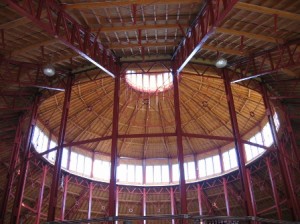
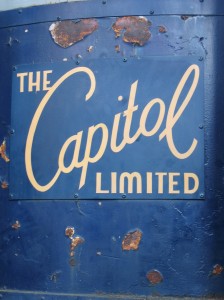

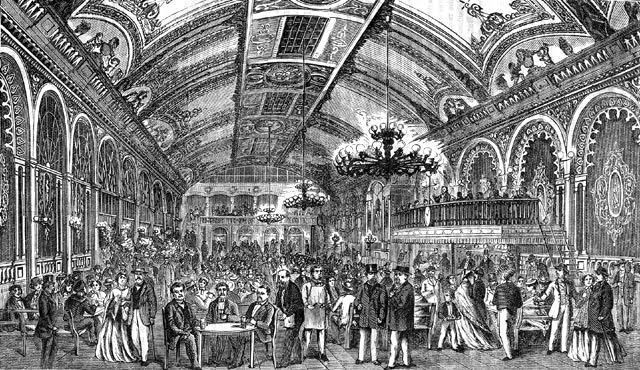

 I spent a lot of time chronicling my life from the time I was 8 until I was about 21 or so. I find that when I write other things (fiction, research papers, poetry, blogs) I don’t feel the need to journal as much. It is fortuitous that those diarists captured in New York Diaries, 1609–2009, (Modern Library, 2012) did.
I spent a lot of time chronicling my life from the time I was 8 until I was about 21 or so. I find that when I write other things (fiction, research papers, poetry, blogs) I don’t feel the need to journal as much. It is fortuitous that those diarists captured in New York Diaries, 1609–2009, (Modern Library, 2012) did.